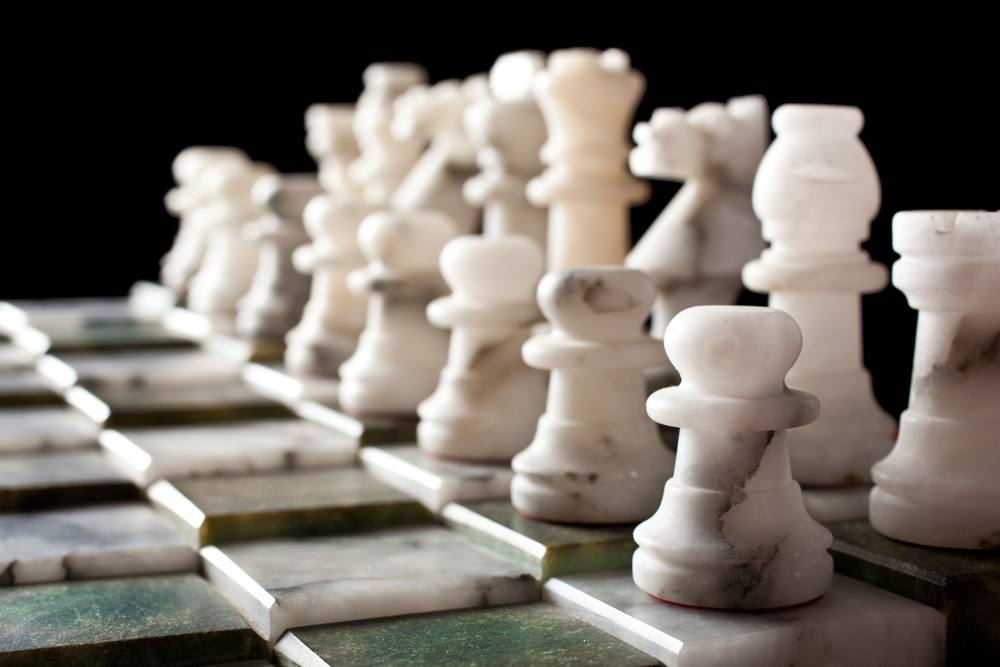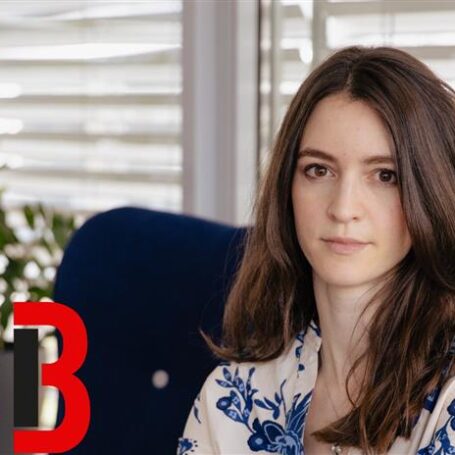The Humanities as Human Relations
 In 2009 and 2010, I participated in a series of discussions on the nature and value of the Humanities. Initiated by a colleague in philosophy, these discussions grew out of his concern over the current status of the Humanities in higher education, in particular over his dissatisfaction that for too many people both within and without the Academy, the Humanities were merely some kind of ‘charming accessory’ (his unforgettable phrase) when compared with the natural and social sciences. Hence began a series of discussions in 2009 and 2010 which dealt with these questions of knowledge and value. Do the Humanities not have an intellectual basis as legitimate and rigorous as that of the natural and social sciences? And are not the Humanities in fact an essential part of higher education?
In 2009 and 2010, I participated in a series of discussions on the nature and value of the Humanities. Initiated by a colleague in philosophy, these discussions grew out of his concern over the current status of the Humanities in higher education, in particular over his dissatisfaction that for too many people both within and without the Academy, the Humanities were merely some kind of ‘charming accessory’ (his unforgettable phrase) when compared with the natural and social sciences. Hence began a series of discussions in 2009 and 2010 which dealt with these questions of knowledge and value. Do the Humanities not have an intellectual basis as legitimate and rigorous as that of the natural and social sciences? And are not the Humanities in fact an essential part of higher education?
Our discussions with various colleagues led to a volume of essays in the journal Arts and Humanities in Higher Education. I sought, in my essay, to provide specific and concrete answers to these questions, arguing that there is a kind of literacy that only the Humanities can provide. I also mentioned, much more briefly, that the Humanities are a particular form of human relations. In this blog, I’d like to develop this reflection on this idea of ‘human relations’, trying to explain for myself and for others too, hopefully, some fuller answer to these questions. And in seeking a better understanding of the nature of the Humanities, I invite colleagues in other disciplines to help find answers to these questions: are the Humanities unique? do they have a method or methods? If not, why not? And in today’s ‘global’ world, what value do they possess?
To introduce this idea of the humanities as a form of human relations, I take a familiar argument, one that I’m sure we’ve all made in our everyday lives, when we attempt to explain to others our amazement and wonder over something that has moved us deeply by its beauty, whether sunset, movie, novel, tennis shot, golf swing, etc. What do we typically say? Something to show its effect on us, perhaps along the lines of: ‘I just saw the most beautiful sunset, I simply cannot describe, but it was so beautiful, I wish you could have seen it!’—‘I just read the most moving novel, you must read it, you’ll love it!’—‘Go see this movie, it’s fabulous!’ And in the case of a sporting event, we see and hear the spontaneous eruption of cheers and applause over a well-placed tennis shot, and then the instant-replay.
We are moved to share this effect, this amazement. We point to the source of our amazement, and then invite, urge, another person to ‘read the book’, to ‘see the movie’, to ‘watch this’, that is, to experience and be moved by the same thing that we have experienced and been moved by. Conveying our feelings by a kind of sign language, we point either literally or by words to the source of what moved us.
But there are those who can do more than point to the landscape, or to the TV screen, or to the best-seller list, who share in quite a different way the sense of the beautiful they have experienced. We call them artists, and their sharing takes place through the work of their hands. W. H. Auden puts this admirably in his wonderful collection of essays The Dyer’s Hand and Other Essays: ‘The impulse to create a work of art is felt when, in certain persons, the passive awe provoked by sacred beings or events is transformed into a desire to express that awe in a rite of worship or homage, and to be fit homage, this rite must be beautiful’. For the poet, this ritual is enacted through language, the ‘rite of worship or homage’ becoming a poem, that is, language given a certain form. A famous example in writing would be Ezra Pound’s account of his writing his brief poem ‘In a station of the Metro’, in which he records his emotion at suddenly seeing in a crowd certain faces, and then his spending much time in trying to find the best way to express this feeling, distilling version after version into the two-line poem known today. When the poet feels this sense of beauty, he does more than point to the source, he points instead to the particular ritual he has enacted, which becomes an invitation to experience this sense of beauty.
Hence the importance of the subjective quality in art, and hence too the accusation that the arts are merely subjective, unconnected with the so-called, real, ‘objective’ world. That the subjective element exists in the natural and social sciences is certainly true. Yet in these disciplines, there appears to be some connection with an external, objective reality. Next to these disciplines, the Humanities appear to be overwhelmed by subjective elements, to be nothing but an intriguing subjectivity.
Allow me to dwell on this point. Without delving into a lengthy discussion of aesthetics, I wish to quote two artists who indeed stress this subjective element. An oft-cited quotation of Georgia O’Keefe says for example: ‘It is surprising to me to see how many people separate the objective from the abstract. Objective painting is not good painting unless it is good in the abstract sense. A tree or hill cannot make a good painting. It is the lines and colors put together so that they say something. The abstraction is often the most definite form of the intangible thing inside myself that I can only clarify in paint’. And with a similar stress on the subjective element is the artist Abraham Walkowitz: ‘I am conscious of a personal relation to the things which I make the object of my art. Out of this personal relation comes the feeling which I am trying to express graphically. I do not avoid objectivity nor seek subjectivity, but try to find an equivalent for whatever is the effect of my relation to a think, or to a part of a thing, or to an afterthought of it. I am seeking to attune my art to what I feel to be the keynote of an experience’ (A Demonstration of the Objective, Abstract, and Non-Objective Art, Girard, Kansas: Haldeman-Julius Publications, 1945: ‘Foreword’).
These artists clearly stress the essential role of feeling, of their own subjectivity. Yet however subjective the origin and source of their art, there is always something more than mere subjectivity, there is the art itself, in its beautiful, mysterious and quite real existence, an existence so vital that it creates museums, libraries and universities, to say nothing of the mobilization of private resources to purchase art, or to steal it, so that we may possess it and be able to say to ourselves, to others: ‘Look how beautiful that painting is, I am so moved by it!’—‘Here, read this author’s book, you will love it!’. We, the appreciative public, have not ourselves created this book or this painting, but we recognize its beauty and meaning, and however unable we may be to demonstrate or articulate its precise meaning, we cherish its proximity and know that it does indeed have for us an essential value.
It is in this sense that one can say that art is a particular type of human relations, a means whereby the artist shares their individual, personal experience of the beautiful and meaningful in forms that others can recognize. The Humanities decline these forms in various ways, and to study these forms of human relations is to receive an education in the Humanities.
If this is the case, then this argument has implications for other issues, such as ‘globalism’, technology, the teaching of foreign languages, and so on, that today’s Liberal Arts University must confront. These implications and issues I shall discuss in subsequent blogs.
[future topics]
a) The Humanities and ‘Globalism’: given the nature of the Humanities (per arguments in my article), should they not be at the vanguard of higher education? Are not the questions confronting us today, for which ‘globalism’ is only a vague shorthand, essentially those that the Humanities deal with? Cannot the Humanities provide a way of examining, clarifying and understanding this glibly uttered shorthand?
b) Given this definition of literacy (per my article), then how can technology help? or, are there in fact intrinsic limits in the ability of technology to achieve this literacy?
c) Given this definition of literacy, should not the goal of learning a foreign language be based more on reading the literature of a foreign language, rather than being able to speak the foreign language? Is not achieving a sophisticated ability to read and understand a foreign literature in fact a more economical, more practical goal of foreign language education? My own experience in teaching a modern language (French) and a classical language (Latin) leads me to these conclusions, which are only apparently paradoxical, and which I believe can be justified quite easily.



















































































